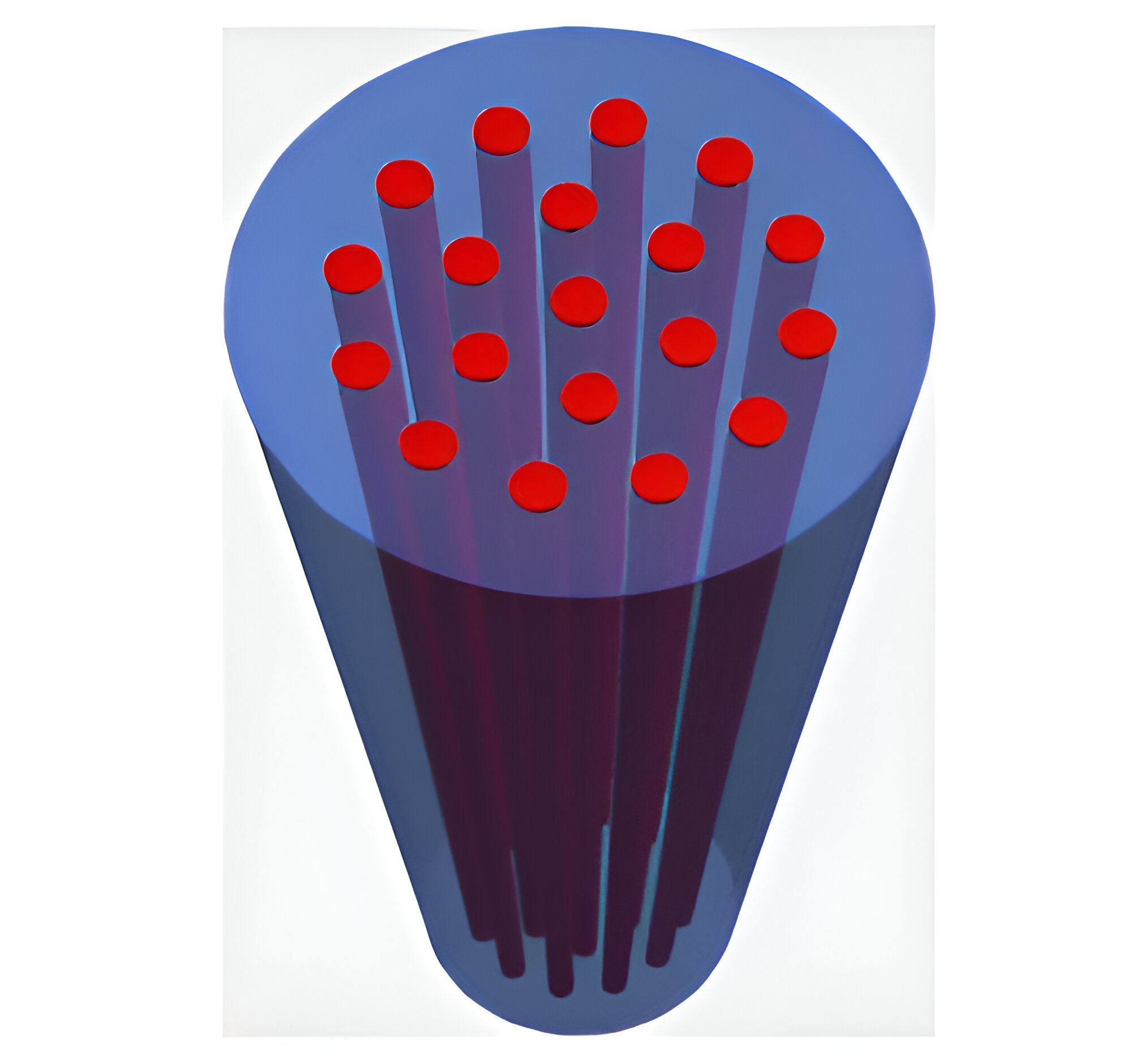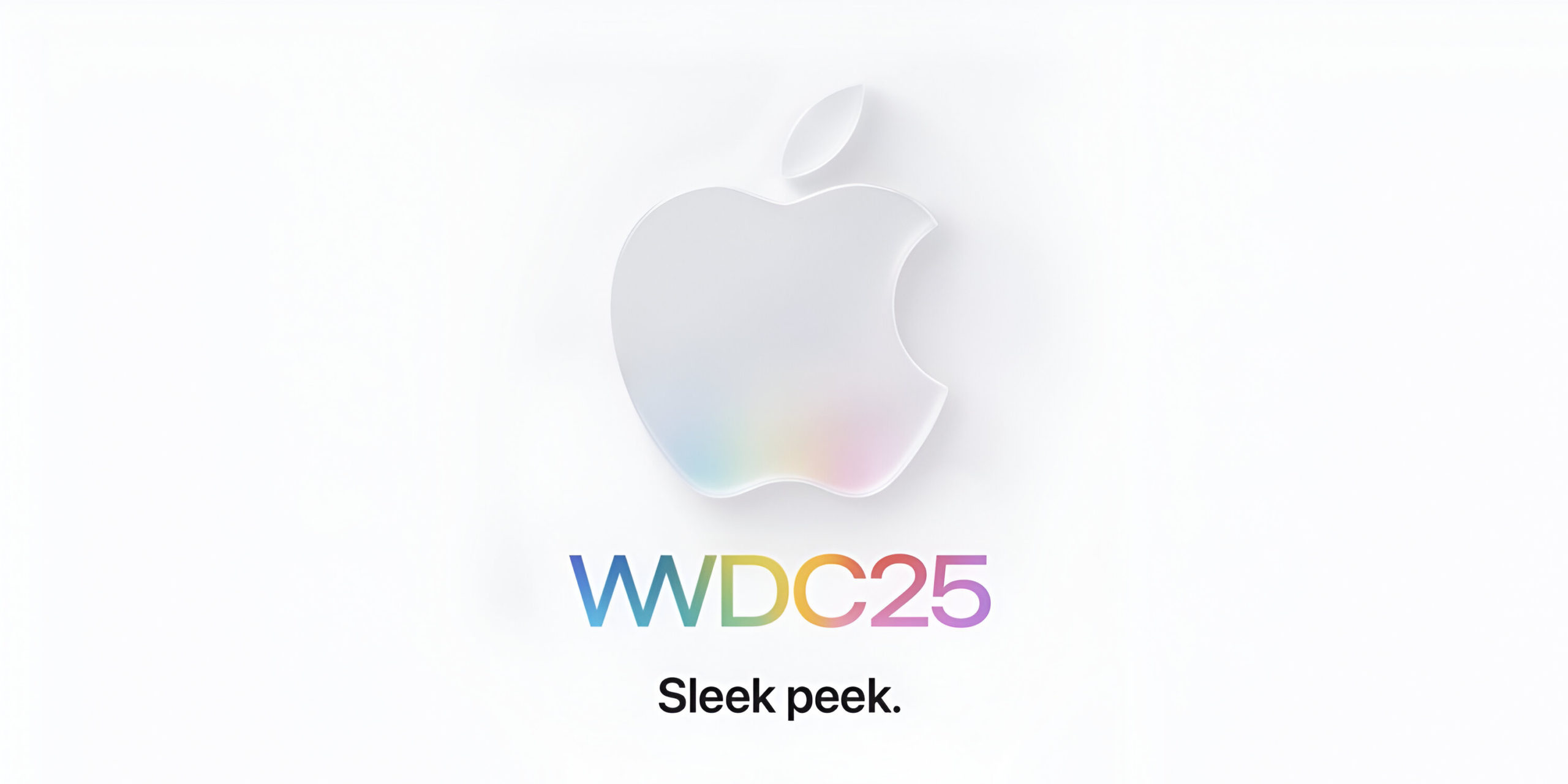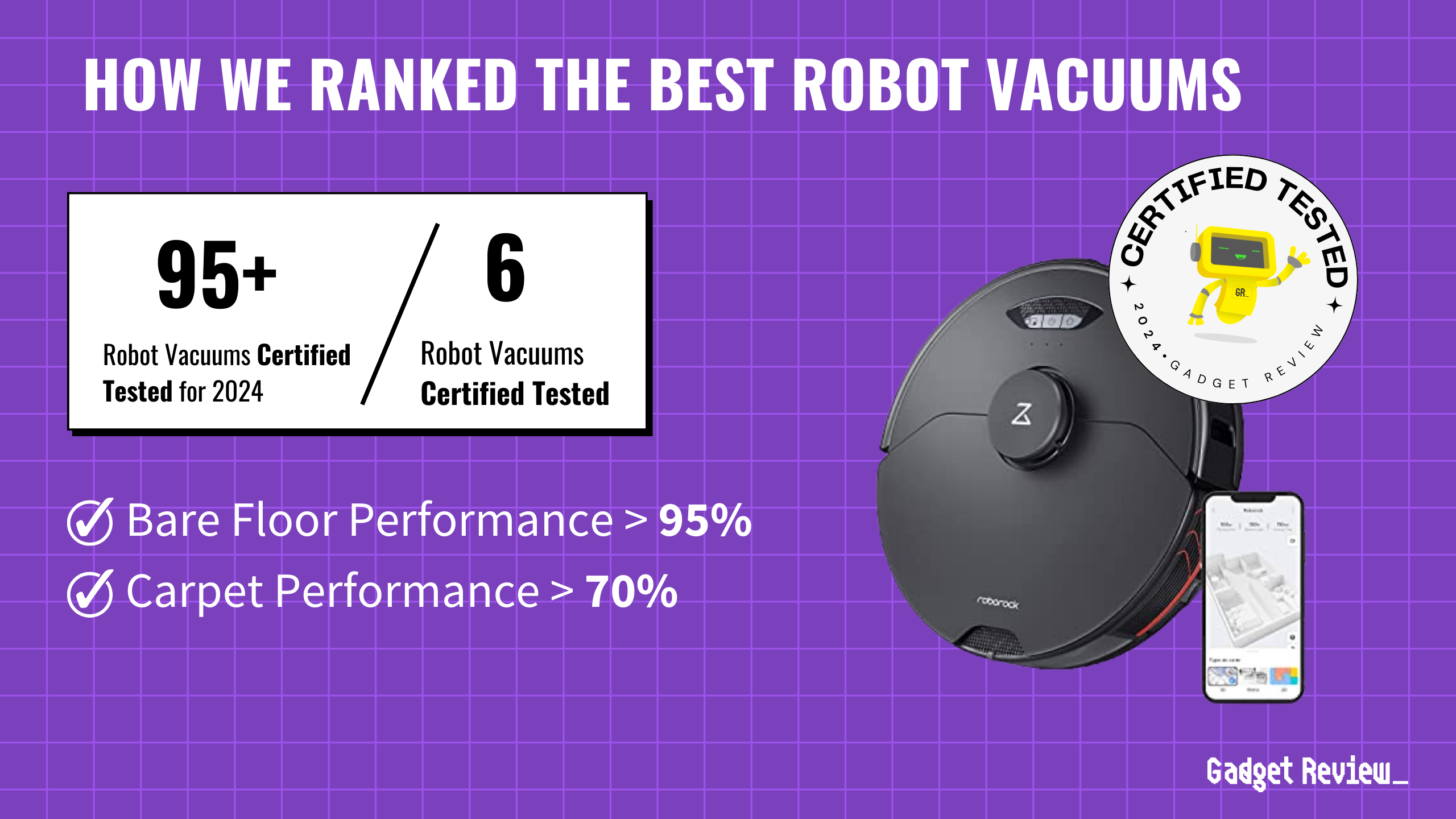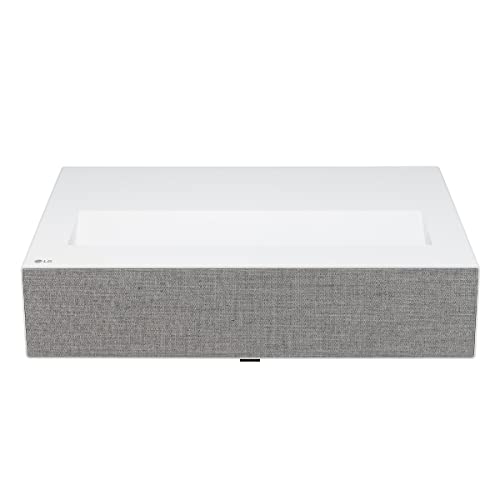Technology is evolving at an unprecedented pace, bringing forth innovations that were once the stuff of science fiction. From brain-computer interfaces to smart city infrastructure, these advancements promise to reshape our lives in ways we can only begin to imagine. Here’s a look at seven groundbreaking inventions that are set to change the world.
Neuralink

Neuralink, co-founded by Elon Musk, has made headlines for its ambitious goal of creating a brain-computer interface. In early 2024, the company successfully implanted its wireless brain chip in a human for the first time. This chip, roughly the size of a coin, is designed to record and transmit brain activity to external devices. By inserting microscopic wires into the skull, Neuralink can read neuron activity and send signals wirelessly.
The implications of this technology are profound. Initially aimed at helping individuals with spinal cord diseases, Neuralink envisions broader applications, including the ability to control devices using thoughts alone. Early human trials have shown promise, with researchers detecting neuron spikes and exploring the potential for restoring motor functions in paralyzed individuals. As the technology advances, the dream of human-AI symbiosis may become a reality.
Hillcrest Energy ZVS
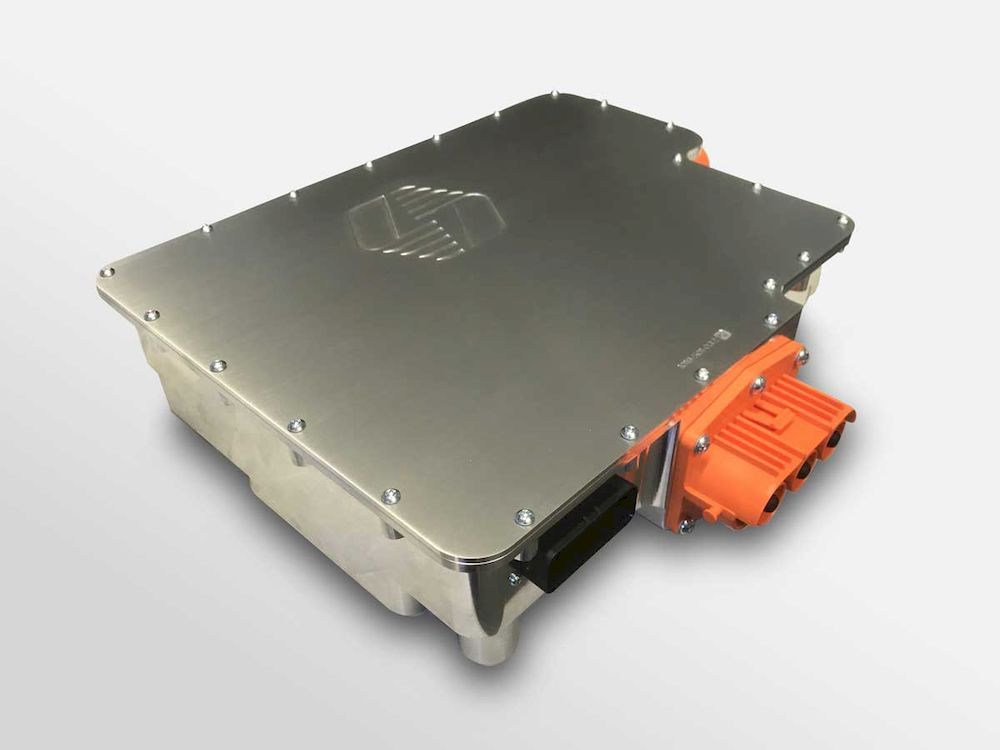
Hillcrest Energy Technologies has developed the first fully functional commercial zero voltage switching (ZVS) inverter prototype, a significant breakthrough in power conversion. Traditional methods of switching between direct current (DC) and alternating current (AC) often result in energy loss, particularly at high frequencies. Hillcrest’s ZVS technology minimizes these losses, making power conversion nearly lossless.
This innovation is particularly impactful for electric vehicles (EVs), where manufacturers could save approximately $2,200 per vehicle by integrating ZVS technology. Beyond EVs, Hillcrest is targeting the solar market, where a 250-megawatt solar farm could see savings of $13.2 million by switching to ZVS inverters. With such potential, Hillcrest Energy Technologies is poised to revolutionize the energy sector.
Digital Twin
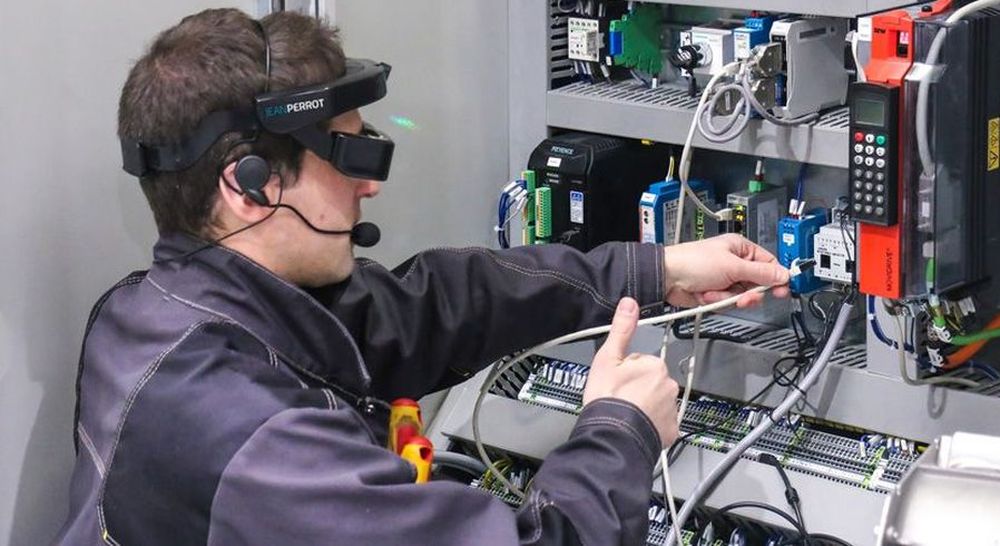
The concept of a digital twin is gaining traction as companies explore how AI can create virtual replicas of customers. This technology aims to predict customer behavior and purchasing decisions by building digital representations based on vast amounts of data. By understanding and anticipating customer behavior, businesses can minimize errors and maximize profits.
However, the implementation of digital twins raises concerns about data privacy and manipulation. Companies must establish trust and transparency in their data collection practices to succeed. While predicting individual behavior remains challenging, the evolution of technology suggests that digital twins could play a significant role in shaping customer experiences in the future.
High-Temperature Superconductivity
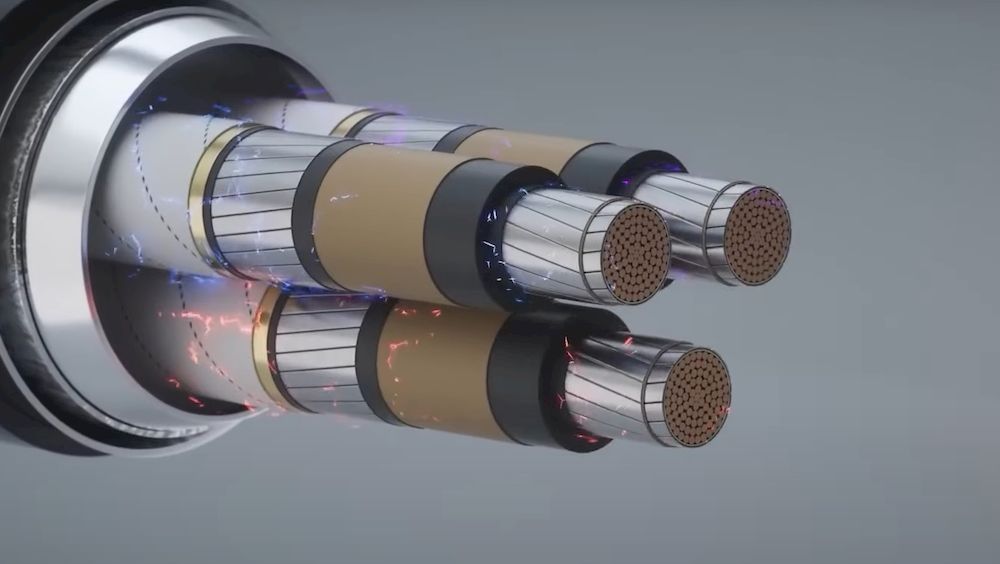
Superconductors are materials that can conduct electricity with zero energy loss, but traditional superconductors require extremely cold temperatures to function. High-temperature superconductivity (HTS) allows certain ceramics to conduct electricity at temperatures higher than -6°C (21°F), making them more practical and cost-effective.
The applications for HTS are vast, ranging from wind power and energy storage to aviation and medical imaging. By reducing technical losses and boosting energy efficiency, HTS could significantly lessen the environmental impact of power generation and transmission. Although still in the early stages of exploration, the future for this technology looks promising.
6G

While 5G is still being fully realized, the next generation of internet service, 6G, is already on the horizon. Expected to be significantly faster than its predecessor, 6G will leverage advancements in radio interface modulation and coding techniques. Experts predict that artificial intelligence, security, and privacy will be central to 6G technology.
Governments in countries like Korea, Japan, and the US are already expressing interest in shaping the future infrastructure of 6G. With the launch of experimental satellites, the groundwork for 6G is being laid, although challenges such as energy consumption and thermal protection in electronic circuits remain. While commercial availability is projected for 2030, research and design are well underway.
Smart Street Poles
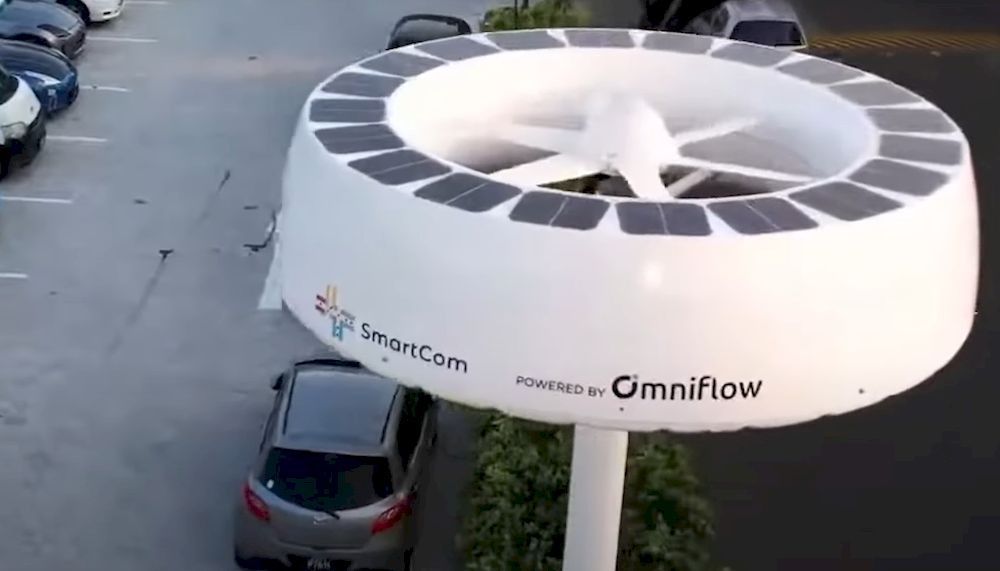
Smart street poles are set to transform urban environments by integrating various Internet of Things (IoT) devices. These poles will not only provide lighting but also serve multiple functions, such as powering electric vehicle charging stations, managing parking, and even crowd control.
As cities strive for increased efficiency and sustainability, smart street poles could become central hubs for urban services. However, challenges such as ownership issues, asset management, and cybersecurity must be addressed to ensure their successful implementation. The potential for smart street poles to enhance urban living is immense, making them a promising aspect of future city planning.
Decentralized Autonomous Organizations

Decentralized autonomous organizations (DAOs) represent a revolutionary shift in how we work and make decisions. These member-owned communities operate without centralized leadership, allowing individuals to collaborate on projects without traditional job structures. Income is generated from multiple employers based on transparent rules encoded in blockchain technology.
While DAOs offer exciting possibilities for democratizing organizations and empowering stakeholders, the reality is still catching up to the theory. As of May 2023, only around 13,000 DAOs exist, but their potential for growth and disruption in the workplace is significant. Whether DAOs will lead to a more equitable work experience or create new challenges remains to be seen.








